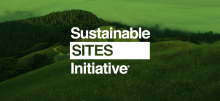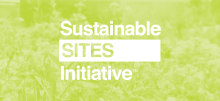GBCI to develop a new professional credential for SITES
In a recent GBCI survey, 80 percent of respondents said that they planned on implementing SITES in their organization or practice, and 89 percent indicated interest in earning a professional credential, such as SITES-accredited professional.
Development of a new professional credential called the SITES Accredited Professional (SITES AP) is currently under way at GBCI.


